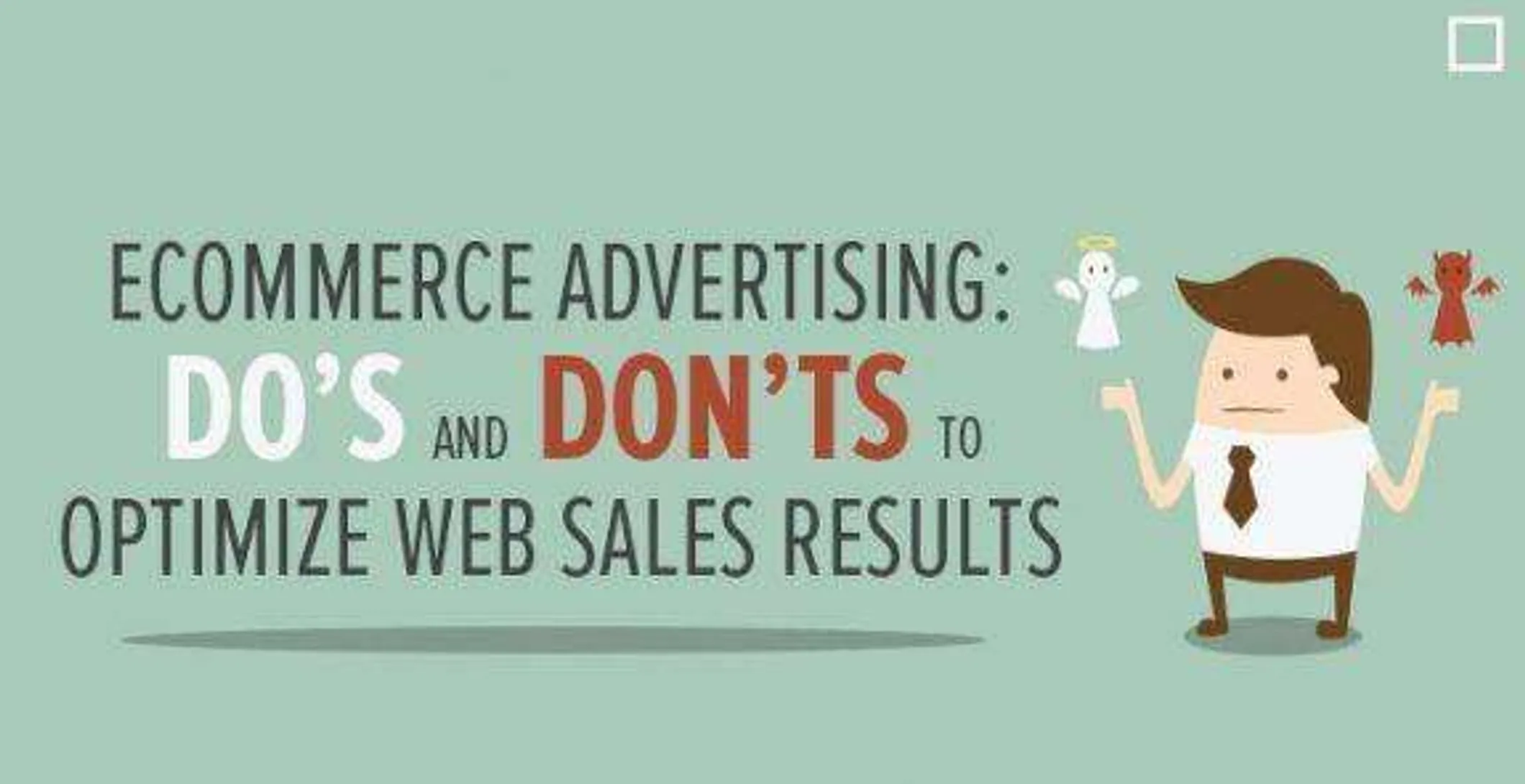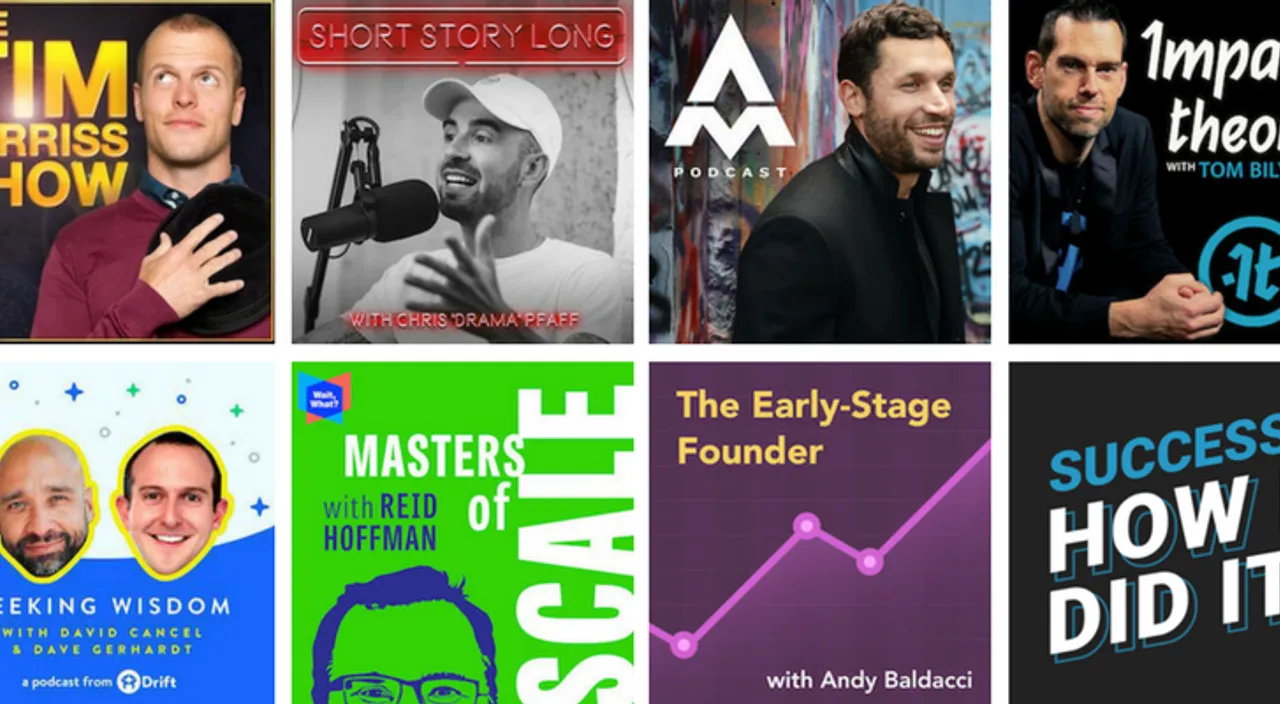There are very, very few ecommerce websites that thrive only on organic traffic. Ecommerce advertising - meaning paid advertising campaigns on Google, social media and similar - are probably the most powerful tool to increase traffic and therefore conversions in the short run. The thing is, even though many small scale commerce owners as well as bigger retail brands invest serious money in online ads, often the results (in terms of financial gain) are quite disappointing.
So what is it about paid ads that can go so wrong? Whose fault is it in most cases?
We do have the answer and it's less complicated than you thought!
Do your pages convert?
So many of you out there fail to focus on the right issues, meaning you keep looking for failures in your ad campaigns instead of thinking about the real reason potential customers are simply not attracted to your products or services. If your website's analytics show an increase in traffic during ad campaigns, that means these work just find. What probably does not work, is your website and product pages.

Every merchant should make sure his or her website's pages are designed to optimize conversions before investing any money in online marketing activities, including online ads.
The most common reasons your pages don't convert
Most ecommerce marketing experts cite 3 reasons why potential customers don't make purchases after clicking on paid ad:
- The ad campaign misleads the customer, meaning the ad doesn't really represent the products or services and the customer does not get what he expected when searching for something or when clicking the ad.
- The landing page is not designed in a professional manner and is not optimized for conversions, meaning the design is off and not attractive enough to convince the customer your brand is worth spending on.
- The landing page fails to make the customer take any actions, meaning the product descriptions are not enticing enough, the Add-to-cart button is misplaced, or the price and shipping information are unclear.

So even if your ad campaigns are good but your landing pages and website in general fails to impress, you will be spending money on marketing that is simply not worthwhile.
How to optimize your landing pages for conversions
To make sure your landing pages are user-friendly and designed to lead to conversions rather than push customers away, we put together a list of key factors that influence customer behaviour on site.
☛ Page loading time
How long does it take for your product page to load? Even a second longer is too long when it comes to ecommerce websites! To eliminate any potential element that may be slowing down your loading page, use a tool that can help you find out all about it.
A great tool you can use is Pingdom. This is a great free tool that will tell you all about your website loading speed and what slows it down. If you're not sure how to read results as these may appear a bit too technical, ask someone with experience in developing websites.

☛ Product names and descriptions are simply awful
Customers want straight forward, easy-to-find, concise information and descriptions!
Way too many times we notice extremely long product titles or descriptions that do not contain relevant information but rather a bunch of useless technical specs. It's ok to include relevant technical specifications as long as these are concise and complemented with an attractive product description.

Focus on telling the customer what is advantageous about the product. Describe it with short sentences that are clear. Avoid using technical specs in titles as well as shortened terms.
☛ Images speak louder than words!
A good quality image is everything when selling products online. If your product images are bad, the customer will be disappointed and unlikely to purchase the product.
Avoid at all cost unfocused, blurry images. Also, make sure the product is shown clearly from all sides and in its every aspect. If you can make a nice video showing the product at use, make sure the video is done with a high quality camera.

☛ Pay attention to how you format price and place the Add-To-Cart button

The product price needs to be visible to the customer right away! Don't hide it in the text, descriptions, images. Also, make sure the font you use is simple and clear. Avoid strikethroughs for items on sale unless you are sure the number can be easily read. Avoid rainbow colours and different backgrounds to make the price stand out as you will only achieve a design disaster.
As for your Add-To-Cart/Add-To-Basket button, make sure it's placed near the price and again, easy to spot. The customers needs to be able to see the Add-To-Cart button as soon as his or her eyes land on the product page!
☛ One-click path to your shipping information
The price is the number one thing customers look at. The second thing they are interested into is your shipping and delivery options.
Is shipping free? Do you ship internationally? How long does it take for the product to arrive? These and related questions need to have a clear and easy-to-find answer. If shipping and delivery information is not included on your product page, make sure the link to it is visible and one-click away!
☛ About those customer reviews…
These days customer reviews make a real difference in getting more customers to trust your brand and buy the products listed. Of course, there is always a possibility of getting bad reviews but if you do get these, maybe it's time to rethink how professional you are at what you do and the quality of the products and services you sell.
Customer reviews are a real deal-breaker and allowing your customers to leave reviews show you are not afraid to be either praised or criticized. Those who trust their customers and are open to listening what customers say are more trusted than those who ignore social reviews.
Test, test again, and then retest!
The only way to find out if your product/landing pages still need improvement and conversion optimization is by testing those pages.
Once you think your pages are perfect, give yourself a few weeks time and look at your analytics. Has your bounce rate increased, is it lower or did it stay the same?

If your bounce rate is not lower by any means that means you need more improvement. What you should be looking for is an increase in conversions while the bounce rate decreases. Once you start seeing that, it's the right time to get your big guns out and launch online ads campaigns!
If you would like us to help you out with your page optimization, online marketing or setting up paid campaigns, contact our team of marketing wizards. We will be more than happy to discuss a plan that fits your brand's particular needs!




